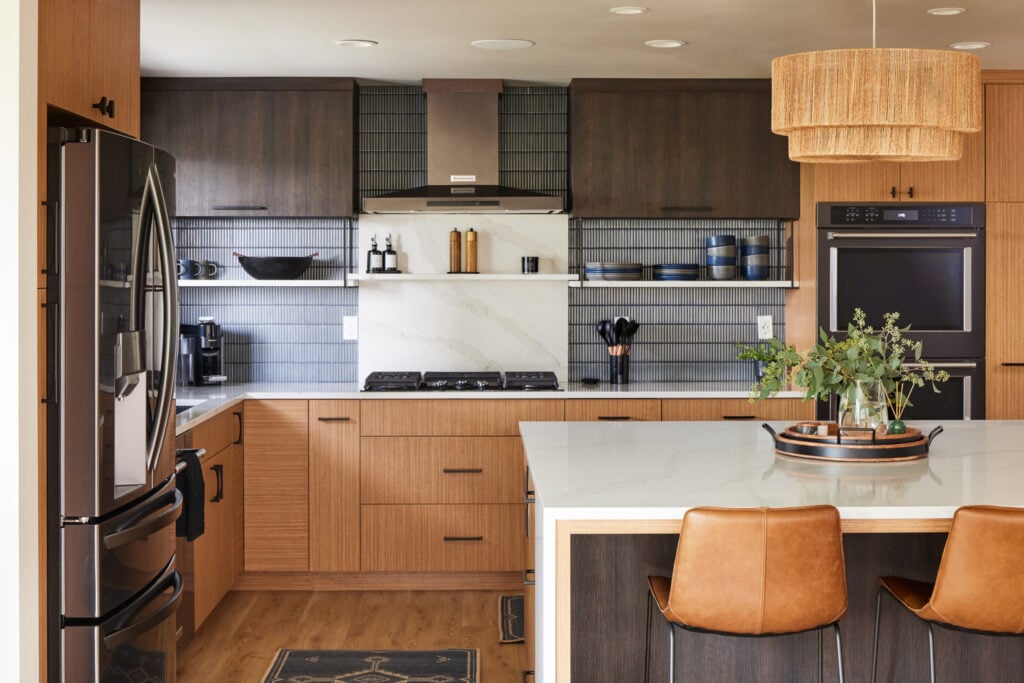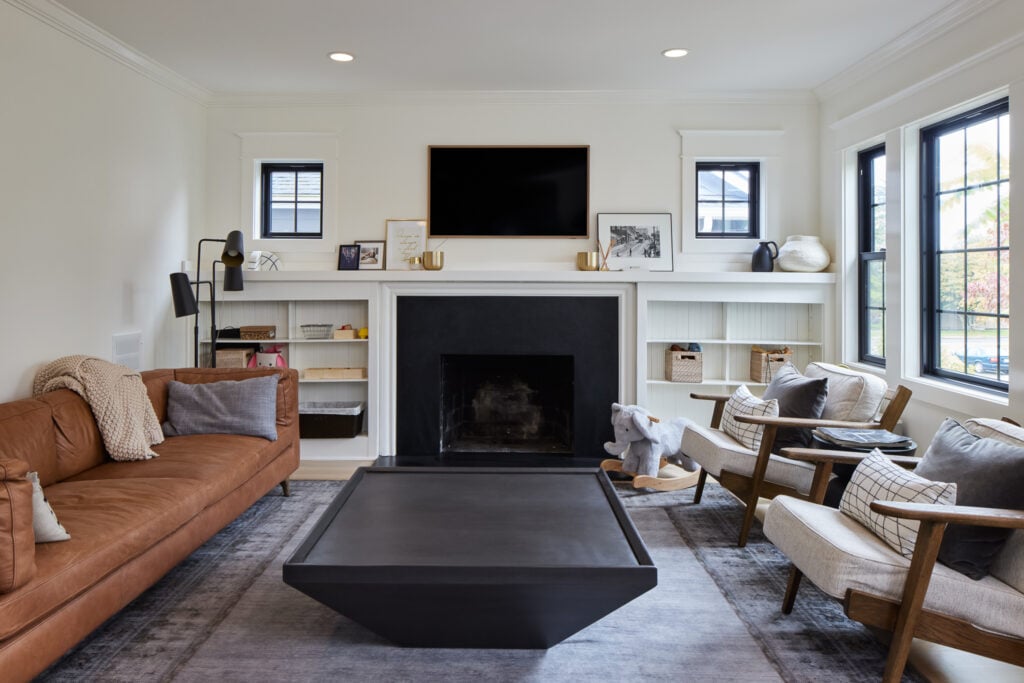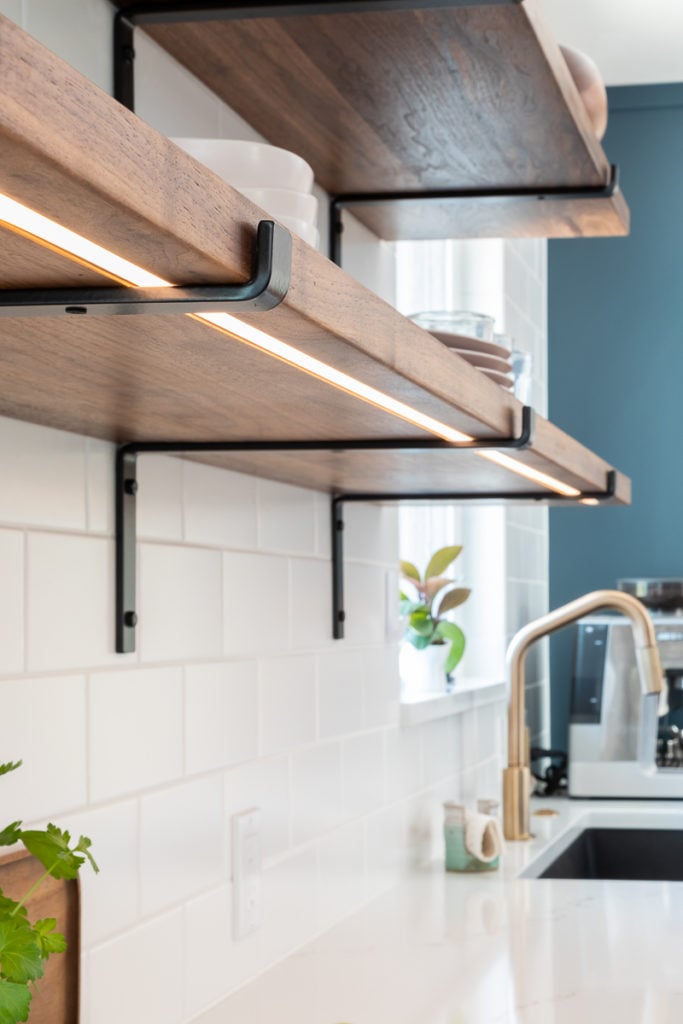Choosing replacement windows is a big decision that requires careful consideration of style, size, energy-efficiency, durability and cost. Energy-efficient windows help minimize the costs of heating and cooling your home, so upgrading your windows during a replacement is a good idea. When doing a home renovation, you can retrofit windows to add curb appeal and resale value to your property, but choosing the best replacement windows for your home can be daunting. Using this window replacement guide as a reference will help you understand the lingo of windows and choose a type that’s right for your home.
How Do You Know When It’s Time to Replace Your Windows?
Before investing in replacement windows, you’ll need to determine if a full house window replacement is the right decision for you. These are some telltale signs it’s time to replace your home’s windows:
- Windows in bad condition. Windows in poor condition can contribute to water leaks, humidity issues, excess noise, and pest infestations. Reasons for replacing existing windows include cracked windowpanes, condensation between the glass panes, non-operational windows, and rotting frames, sashes, or sills.
- Unsafe windows. Windows that don’t open and close completely, or are loose due to improper maintenance or damage, are dangerous and should be earmarked for replacement.
- Windows with single-pane glass or temperature-conducive frames. Commonly found in older homes, these inexpensive, poor performing windows are candidates for a total replacement. With energy costs on the rise, upgrading from single-pane windows is a worthwhile investment and will improve the comfort of your home tremendously.
What Are the Different Parts of a Window?
Once you’ve decided to replace your old, drafty windows, you’ll want to understand the parts of a window to make the most informed decision. Knowing the names of each window component will help minimize confusion when requesting an estimate from a contractor, and ensure you get exactly what you want.
A typical residential window contains these parts:
- Frame. The overall surrounding structure of a window including the head, jambs, and sill in which a window sash fits.
- Head. The uppermost horizontal piece forming the top of the window frame.
- Jamb. The main vertical pieces forming the sides of the window frame.
- Sill. The lowermost horizontal piece forming the bottom of the window frame.
- Sash. An assembly of rails and stiles made into a frame for holding glass. This is the part of a window that moves.
- Pane. A framed sheet of glass within a window frame.
- Muntin Bar. Also called a windowpane divider or grille, any small bar that divides window glass. All called grilles.

Which Replacement Windows Are the Most Energy-Efficient?
According to the U.S. Department of Energy, about 30% of a home’s heating energy is lost through windows. Minimizing window heat loss, and preventing overheating in the summertime from solar rays, is a significant step to improving your home’s overall energy performance. You can choose more energy-efficient windows by making intentional choices for both window frames and window glass. According to the U.S. Department of Energy, about 30% of a home’s heating energy is lost through windows. Minimizing window heat loss, and preventing overheating in the summertime from solar rays, is a significant step to improving your home’s overall energy performance. You can choose more energy-efficient windows by making intentional choices for both window frames and window glass. Here in the Pacific Northwest we generally recommend fiberglass or composite frames, with low-E and double-pane glass.
Types of Window Frame Materials:
- Fiberglass. As technically a type of composite window, these windows cost more than other materials but are extremely energy-efficient due to their low thermal conductivity. Fiberglass windows are also the most durable windows on the market, come in numerous styles, and can be repainted several times (unlike vinyl). And finally, a fiberglass frame won’t twist or warp as wood or vinyl frames can. For these reasons, fiberglass is one of the best window frame materials for energy efficiency.
- Composite. Manufactured from wood shavings and plastic resins, these windows mimic the look of natural wood without all the maintenance. Because the resins often come from recycled plastics, composite windows can be an eco-friendly replacement option. Composite windows generally offer good insulation and are an energy-efficient choice.
- Wood. Although they require more upkeep, wood windows offer the best insulative value. Wood windows are also eco-friendly because wood is a natural, renewable resource and is biodegradable at the end of its useful life. When it comes to aesthetics, no other material can match the rich, elegant look of natural wood. But because of the potential for warping and rotting, they may not be the best option for extremely humid or rainy climates.
- Wood-clad. These combine a low-maintenance exterior (typically aluminum or vinyl) with a thermal-transfer-resistant wood interior. However, wood-clad windows are more prone to moisture intrusion, which can cause rotting in sill and jam areas where water tends to pool.
- Aluminum. While highly wind-resistant – even in hurricane zones – and more practical in rainy, humid climates, aluminum windows are not the best option for preventing heat loss and transfer.
- Vinyl. Though vinyl is a budget-friendly choice, it has many downsides. Vinyl is energy intensive in production and is not recyclable at the end of its useful life. Vinyl windows are also limited in color and not necessarily very strong. If you’re matching a window to existing vinyl windows, it may be your only option, but we recommend avoiding vinyl if possible.
How Window Glass Impacts Energy-Efficiency
Now that we’ve reviewed the various window frame materials, it’s time to talk about window glass. As was mentioned earlier, single-pane glass windows are the least energy efficient. A double-pane or triple-pane window with low-E glass and a vacuum-sealed argon fill will deliver significantly more insulation than a single-pane window. In most cases, this switch will be noticeable when you get your utility bills.
- Low-E Glass. This upgraded glass is coated with a transparent glaze that reflects heat radiation from the sun while still allowing sunlight to filter in. In the summer, the thermal resistance of low-E glass protects the inside of the house from the sun’s heat and ultraviolet and infrared rays. Likewise, when the interior heat tries to escape during the winter the low-e coating reflects the heat back inside, reducing heat loss. Low-e coatings are now standard for many window manufacturers, but the ratings vary.
- Double-Pane Glass. Also called double-glazed windows, multiple layers of glass add to a window’s energy-efficiency. During colder months, double-pane windows efficiently block heat from escaping. The space between the glass panes is filled with an insulating, inert gas which creates a barrier from the cold outside air.
- Triple-Pane Glass. As the name implies, a triple-pane window delivers even better protection and energy efficiency than a double-pane window, most notably in areas with very harsh winter climates. Triple glazing also reduces outside noise even further.
Do Windows Come with an Energy-Efficiency Rating?
Not all windows on the market are required to have an energy efficiency rating. However, windows manufacturers that participate in the voluntary Energy Star program display stickers with ratings from the National Fenestration Rating Council (NFRC). To qualify for Energy Star status, window manufacturers must meet standards for both the glazing U-Value and the Solar Heat Gain Coefficient (SHGC). The glazing U-Value measures a window’s resistance to heat loss, while the SHGC measures how much heat enters a home through the glass. For both, the lower the number, the better the window will perform. Reputable home remodeling contractors typically recommend windows with a glazing U-Value of 0.30 or less.
What Are the Different Window Designs?
Some window designs are intrinsically more energy-efficient than others. These are the most common types of windows:
- Gliding or Slider Windows. Made to open horizontally, slider windows are popular for their ease of use and simplicity. Normally one sash of the slider is fixed and one sash moves, but they do make slider windows that open both ways.
- Casement Windows. More popular in windy climates, these windows have a crank that pivots the entire window outward to open. Once closed, a casement window seals itself tight when the wind blows towards the house. To perform optimally, the hinges and seals on casement windows must be maintained.
- Single-hung Windows. With a single-hung window, the bottom part slides up to open while the top half remains in place. Although they are an energy-efficient replacement choice, in extreme climates, there’s the potential for hot or cold air to flow in between the sliders.
- Double-hung Windows. Many older homes built before 1950 have these windows. While resembling single-hung windows, these windows open from the top or bottom and may allow outside air to enter between the sliders.
- Awing Windows. Much like an awning covering a storefront, awning windows extend outward and can be opened even when it’s raining. Like casement windows, they usually operate via a crank, which also allows the window to seal tightly when closed.
- Picture Windows. These come in numerous shapes and sizes and typically don’t open. Like the name implies, picture windows offer an unobstructed view of the outdoors. The most energy-efficient picture windows have double-pane or triple-pane glass. It may be worth it to upgrade to a triple-pane for large picture windows, so the window doesn’t impact the energy efficiency of your home as much.
- Transom Windows. These horizontal windows are found above doors, doorways and windows, located just above a window or door’s upper beam (transom). Transom windows bring in more natural light and visually highlight the height of a space. They don’t typically open.
- Bay Windows. These windows extend out from the house. Smaller box windows can create an extended window space that protrudes from a home’s exterior. Larger ones can form a seating nook or increase the overall floor plan.

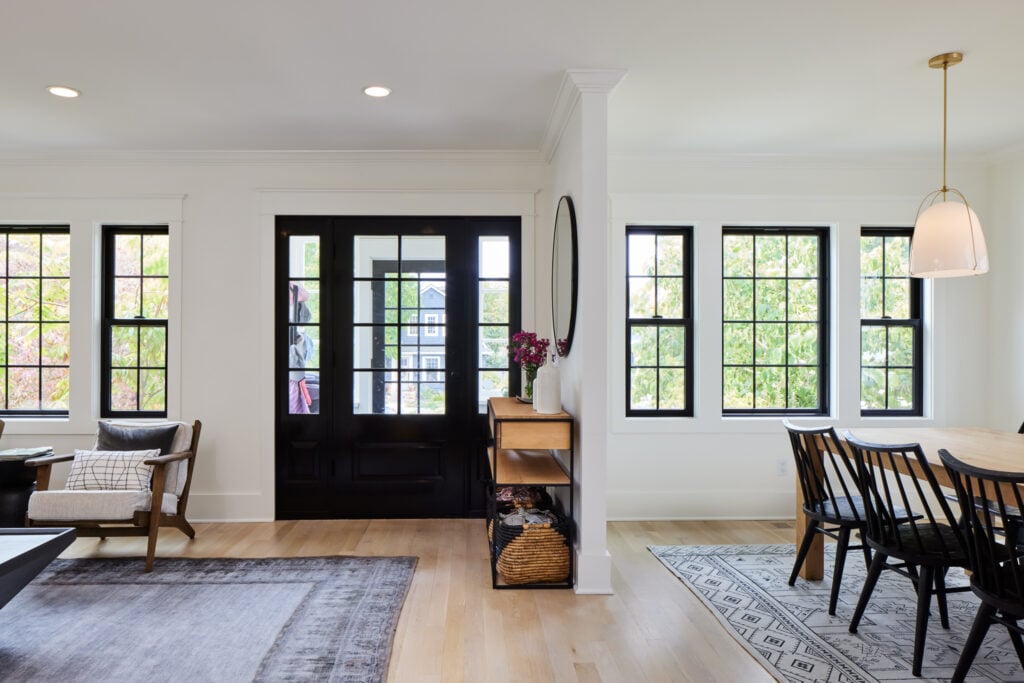




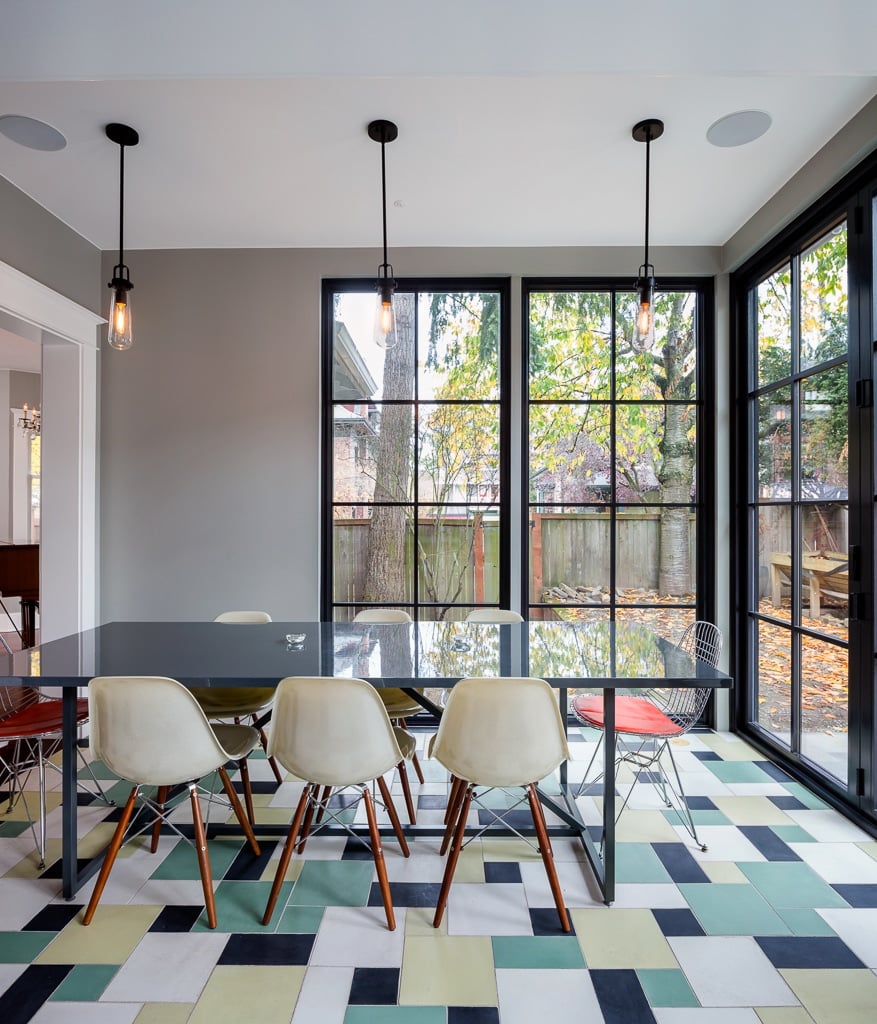
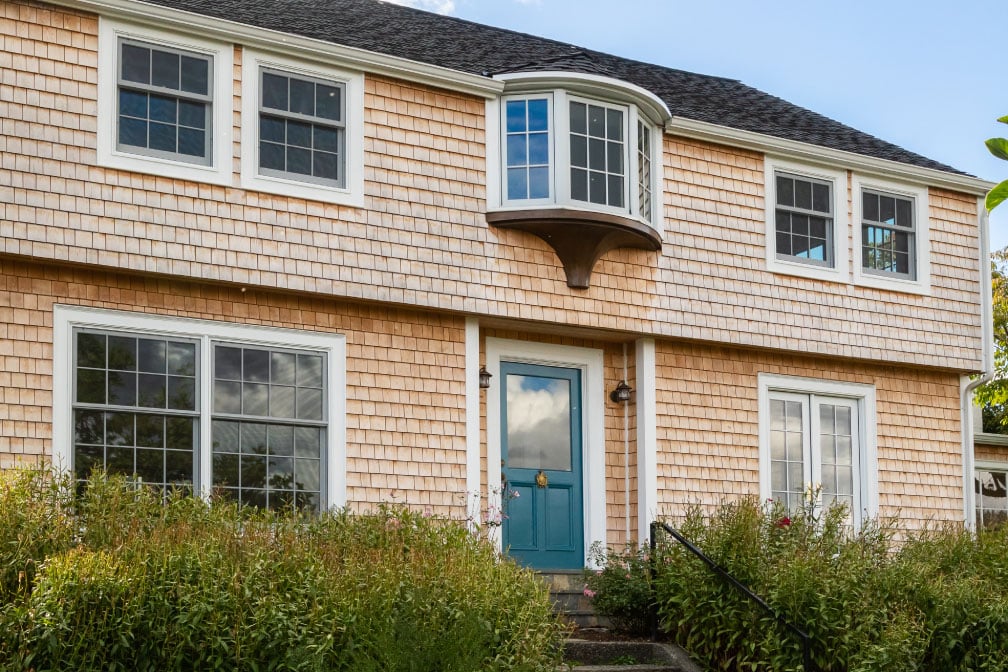

Window Replacement Q&As
Here are some other questions every homeowner should ask themselves before investing in a window upgrade:
Is it worth the money to replace your windows?
If your existing windows are failing or single-pane, yes! New windows should result in an annual 5% to 15% total energy savings. It may take a long time to recoup your investment, but it’s better not to wait once you see signs of aging. The potential cost of further damage can be significant.
Additionally, a window replacement will increase your home’s comfort, curb appeal, and resale value while requiring less annual maintenance. If you’re thinking about selling your home in the next few years, replacing windows that are cracked or have condensation issues will help you sell when the time comes. If you’re already planning a large home remodel, consider adding the window replacement to that project. Since you’ll already have a contractor out to do your other project, you’ll save some drive time, clean-up, and disposal fees by rolling them into the existing work.
How much should you spend on replacement windows?
This answer depends on factors that include your desired aesthetics, ease of maintenance, durability, and energy efficiency. Are you planning to live in your home for at least eight to ten years? If you have the money and are staying put for a while, fiberglass windows with double-pane or triple-pane glass will give you the highest ROI, comfort and peace of mind. The cost to replace all the windows of a Seattle home with could be well over $20,000, plus installation to retrofit them. Given that the average home price in Seattle is now $820,000 (according to Redfin), the cost of replacement windows is fractional given the amount windows are used and their many benefits when upgrading.
Should I replace all my windows at once?
Many home improvement experts agree that if homeowners can afford it, they should replace all their windows at the same time. Professional installers can typically complete a full window replacement in two or three days. Replacing all your windows at once results in less paperwork, fewer disruptions, less time, and less stress. That said, your home will also look significantly better with matching windows!

BEFORE WINDOW REPLACEMENT

AFTER ADDITION + WINDOW REPLACEMENT
What type of window frame is the most energy efficient?
Fiberglass is one of the most-energy efficient window frames you can buy. Fiberglass pairs durability with low-maintenance and strength for one of the best window options on the market today. Fiberglass windows here in the Pacific Northwest can be found at Milgard, Marvin, etc. Some composite windows do have an higher energy-efficiency than fiberglass, but they vary by manufacturer and materials within the composite. Always check the brochures and labels to determine which windows have the best energy efficiency.
Find a Trustworthy & Experienced Window Replacement Contractor
Replacing the old, inefficient windows on your home is a great way to increase its curb appeal, comfort level, and resale value while lowering your monthly energy bills. Finding a trustworthy and experienced installer is vital. Do your research, ask for references, get written estimates, and check online reviews posted on Yelp, Google, or Houzz. At Model Remodel, we are design-build contractors who’ve built a solid reputation in the Seattle area by transforming outdated homes into highly functional, luxurious living spaces with our conception-to-completion home remodeling solutions. Window replacements are often a part of our remodels, so we can help you decide on the best windows for your home. To get started on a remodeling project, contact us through our online form!



